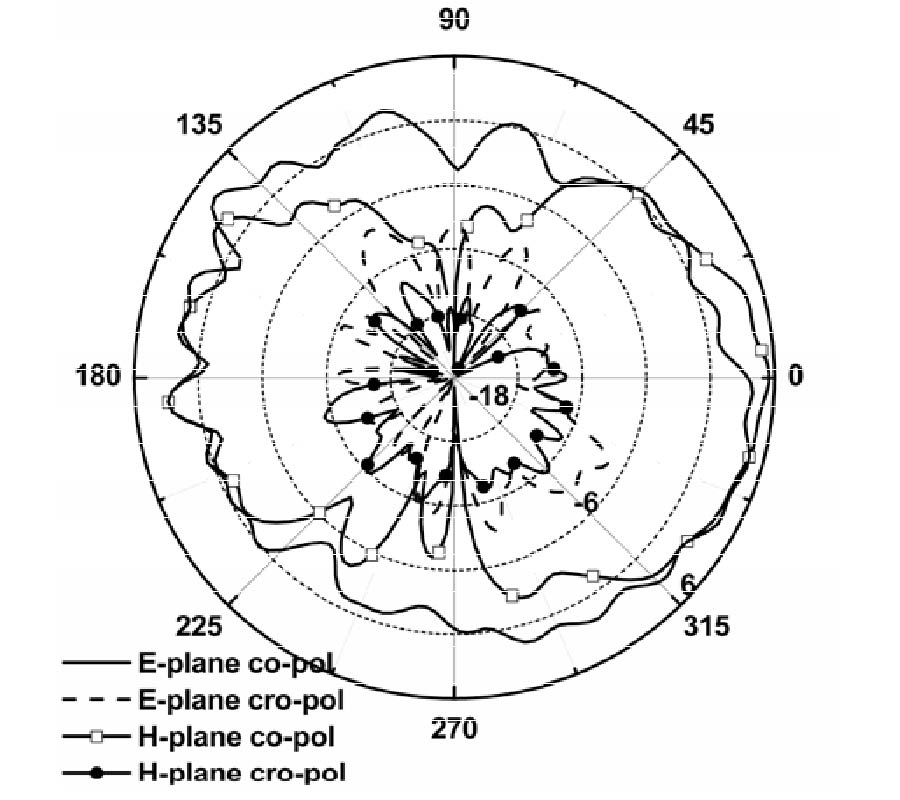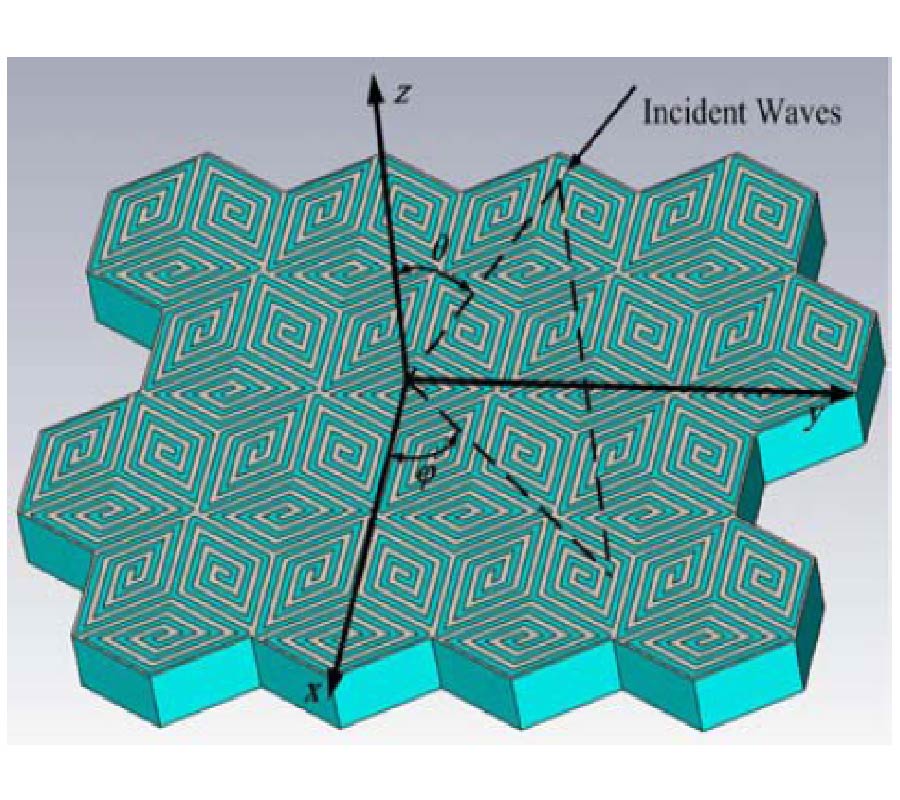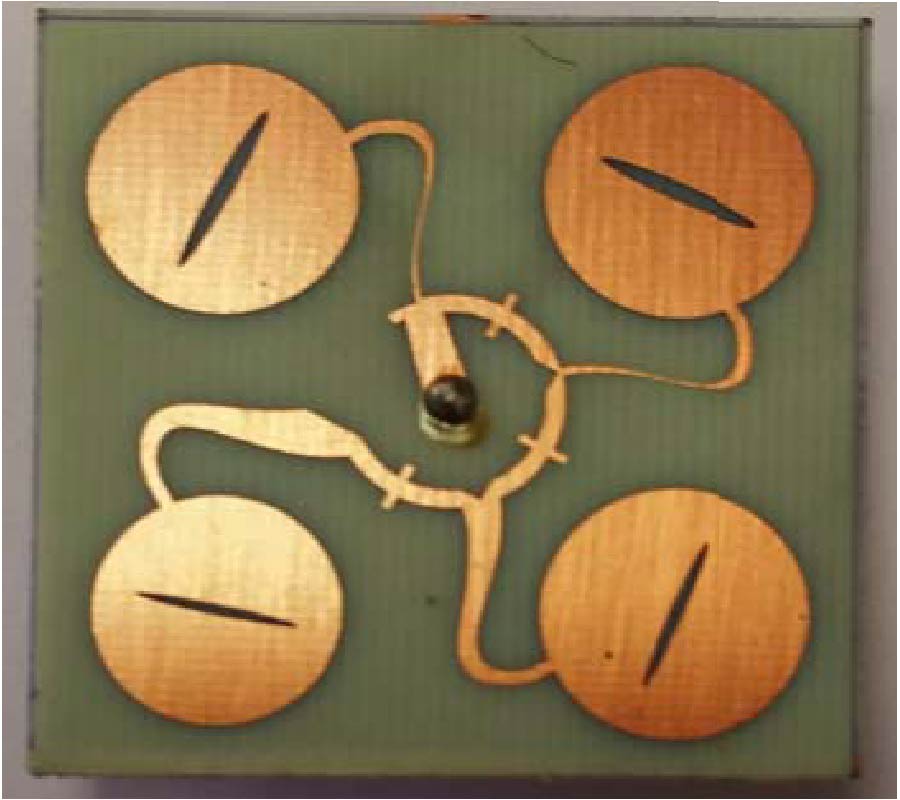2015-12-02 Latest Published
By Seokwon Yeom
Dongsu Lee
Joungyoung Son
Progress In Electromagnetics Research Letters, Vol. 57, 131-137, 2015
Abstract
Millimeter wave (MMW) imaging has found rapid adoption in security applications such as concealed object detection under clothing. However, the imaging quality is often degraded due to resolution limit and low signal level. This study addresses shape feature analysis following concealed object detection. The object region is extracted by multi-level segmentation. Shape features are composed of several descriptors which are object area, perimeter, major and minor axes of the basic rectangle, rectangularity, compactness, and eccentricity. In the experiments, three objects (gun, hand ax, and plastic bottle containing liquid skin aid) concealed under clothing are captured by the passive MMW imaging system. The extracted shape features are compared with the true features from the object model showing good accuracy.


















